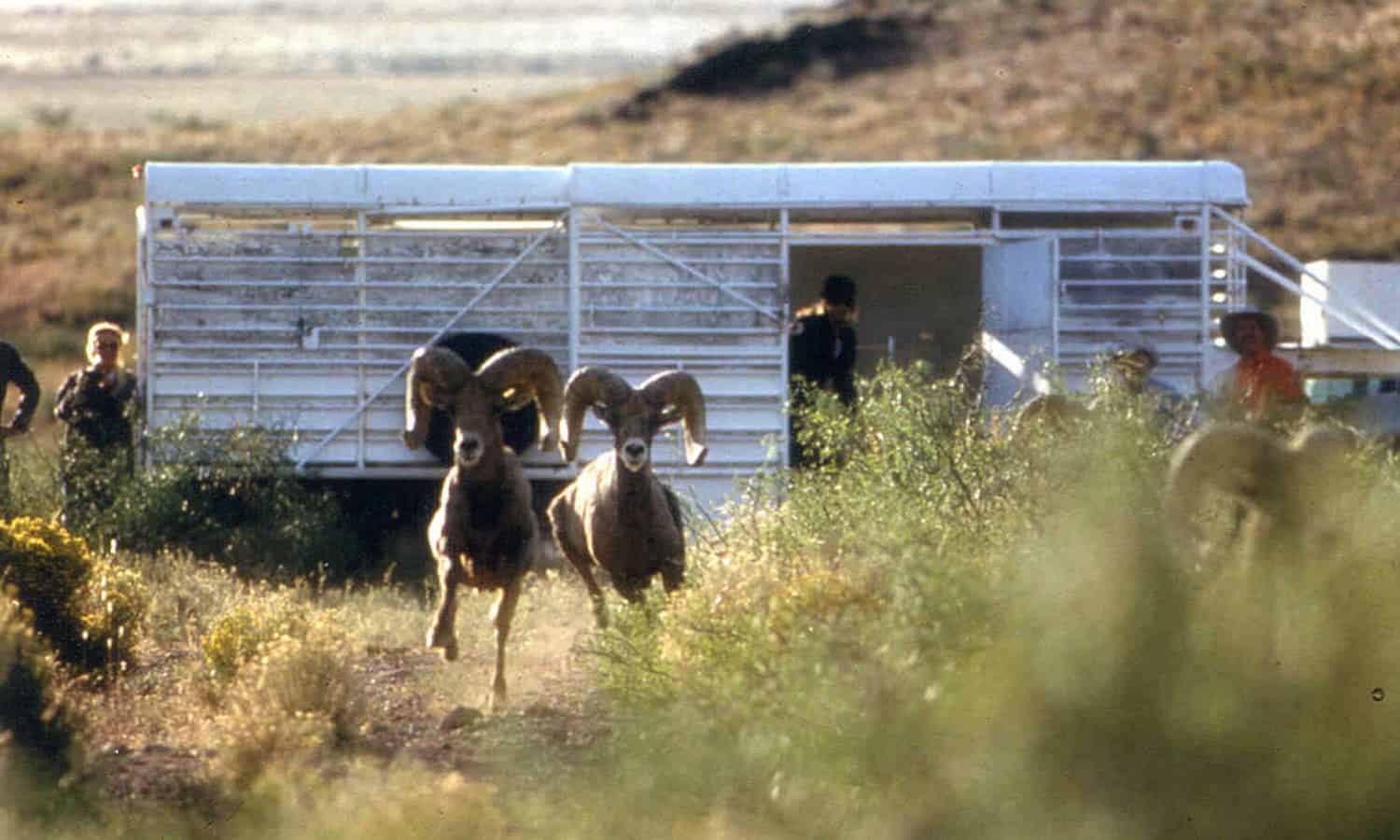
Species
Desert Bighorn Sheep (Ovis canadensis mexicana)
Principal Biologist(s)
Mike Philips
Project Location
Armendaris Ranch, NM
Conservation Problem
Range-wide declines of desert bighorn sheep caused by overhunting (especially in the late 1800s and early 1900s; disease; and predation.
Conservation Status
Threatened and endangered species on private land
Project Goals & Objectives
Increase the number of private landowners actively supporting imperiled species conservation efforts on their land.
Project Background
Despite our successes, the need for private land to serve as beachheads of security for imperiled species has grown more acute since the Turner Endangered Species Fund was founded in 1997. It is extremely unlikely that most federally listed species in the U.S will recover without the cooperation of non-federal landowners. This is because more than 60% of the U.S. is privately owned and at least 80% of endangered or threatened species occur either partially or solely on private lands, with only about 12% of listed species found almost exclusively on public lands. Willing private landowners are essential to successful biodiversity conservation.
Many private landowners are, however, wary of the possible consequences of attracting or maintaining imperiled species on their properties. It is possible that their apprehension could be assuaged if presented with tangible examples that illustrate the capacity of private land to support imperiled species, even in the presence of active and successful land management programs. The types of examples needed are the same as the projects we have been advancing for 15 years.
It is now incumbent on us to consider new collaborations that can increase the number of private landowners motivated by an approach to land management that includes a focus on imperiled species. To that end we have worked with a few other landowners and leading conservation scientists to help found the Western Landowners Alliance (WLA).
The WLA advances policies and practices that sustain working lands, connected landscapes, and native species. As such, the WLA draws attention to the Turner approach to land ownership. Only by growing the ranks of the engaged can we hope to arrest the extinction crisis. Team Turner is ideally suited to play an active role in that effort.
